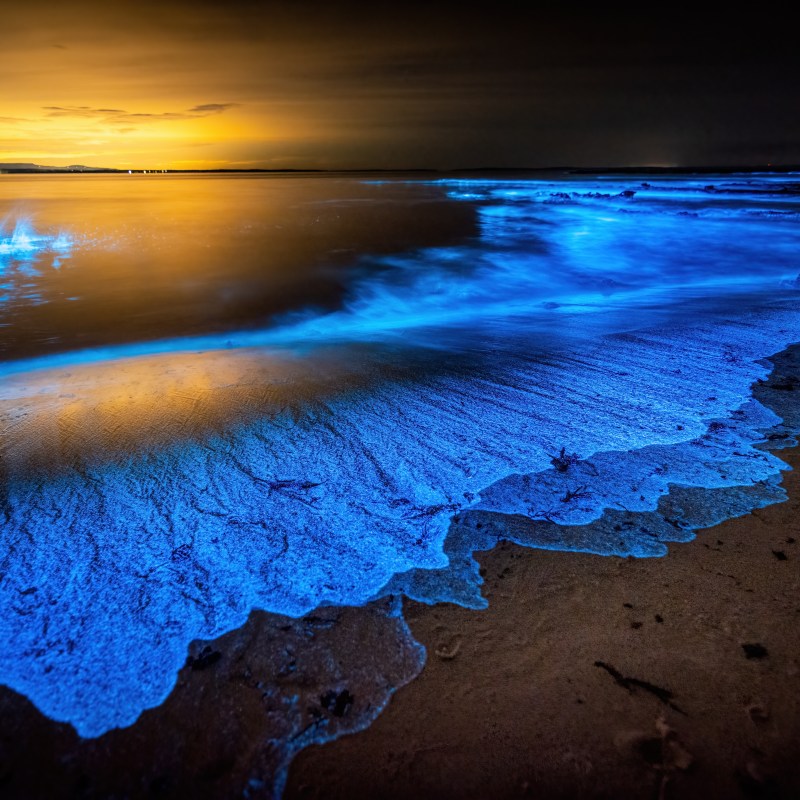
Bioluminescence drove my interest in travel at a young age.
Videos by TravelAwaits
I saw something on the Travel Channel about New Zealand’s Waitomo glowworm caves. These gorgeous little worms glow in a bright blue color, clinging to the cave walls. Visitors can venture through the cave system with a view that almost looks like the night sky overhead.
It blew my mind. A few weeks later, I had a map of the world pinned to my bedroom wall with a few thumbtacks plotting out my escape from Missouri. (I also pinned the Yemeni island of Socotra, Angkor Wat, and Poveglia Island in Venice.)
Despite my life-changing desire to see those glowworm caves, I haven’t made it down to New Zealand. That being said, bioluminescence comes in all shapes and sizes—and Aotearoa (the country’s Māori name) is hardly the only place where you can catch this kind of activity.
Glowworms aren’t the only organisms that produce that iconic blue glow.
In fact, the United States has a handful of bioluminescent zones—and I’m not talking about those famous tours in Puerto Rico. You can explore glowing waters and bright natural wonders in California, Washington State, and Florida.
Assuming you know where to go, that is.
If you want to see nature light up like a neon sign on the Strip, keep these locations on your radar.
4 spots in the continental US with bioluminescence
San Diego, California
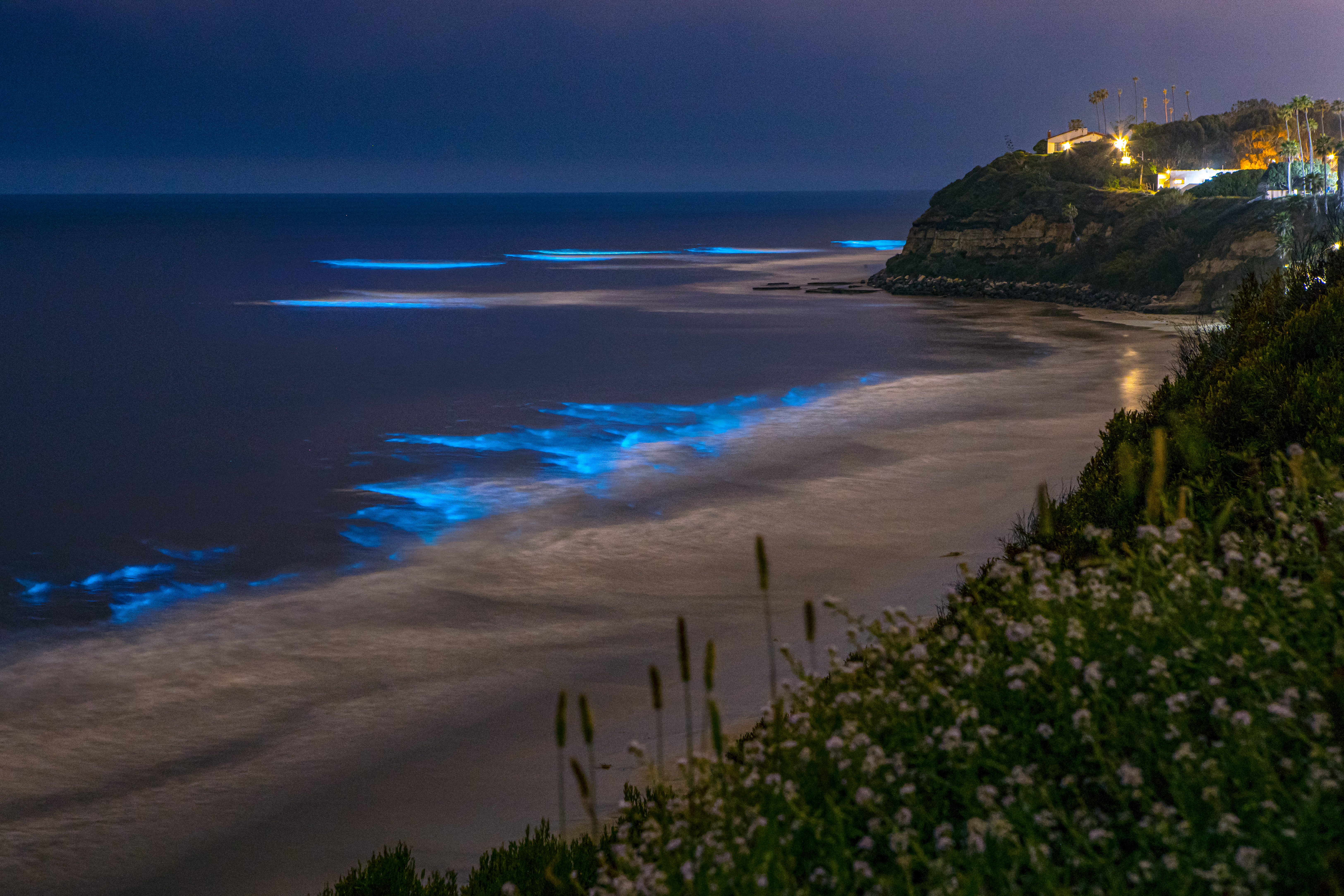
Glowing waves? In San Diego? Though it’s not always a guarantee, the waters around Torrey Pines State Beach, Carlsbad State Beach, and Mission Bay are known to light up with the dinoflagellate species of phytoplankton. They glow when disturbed by waves, illuminating the tide.
Unfortunately, ecologists can’t always predict when hordes of plankton will show up, so you can’t plan a trip with a guarantee of seeing those glowing oceans. That being said, make sure to ask around for bioluminescence tours when you’re in town—you might be in luck.
Tomales Bay, California
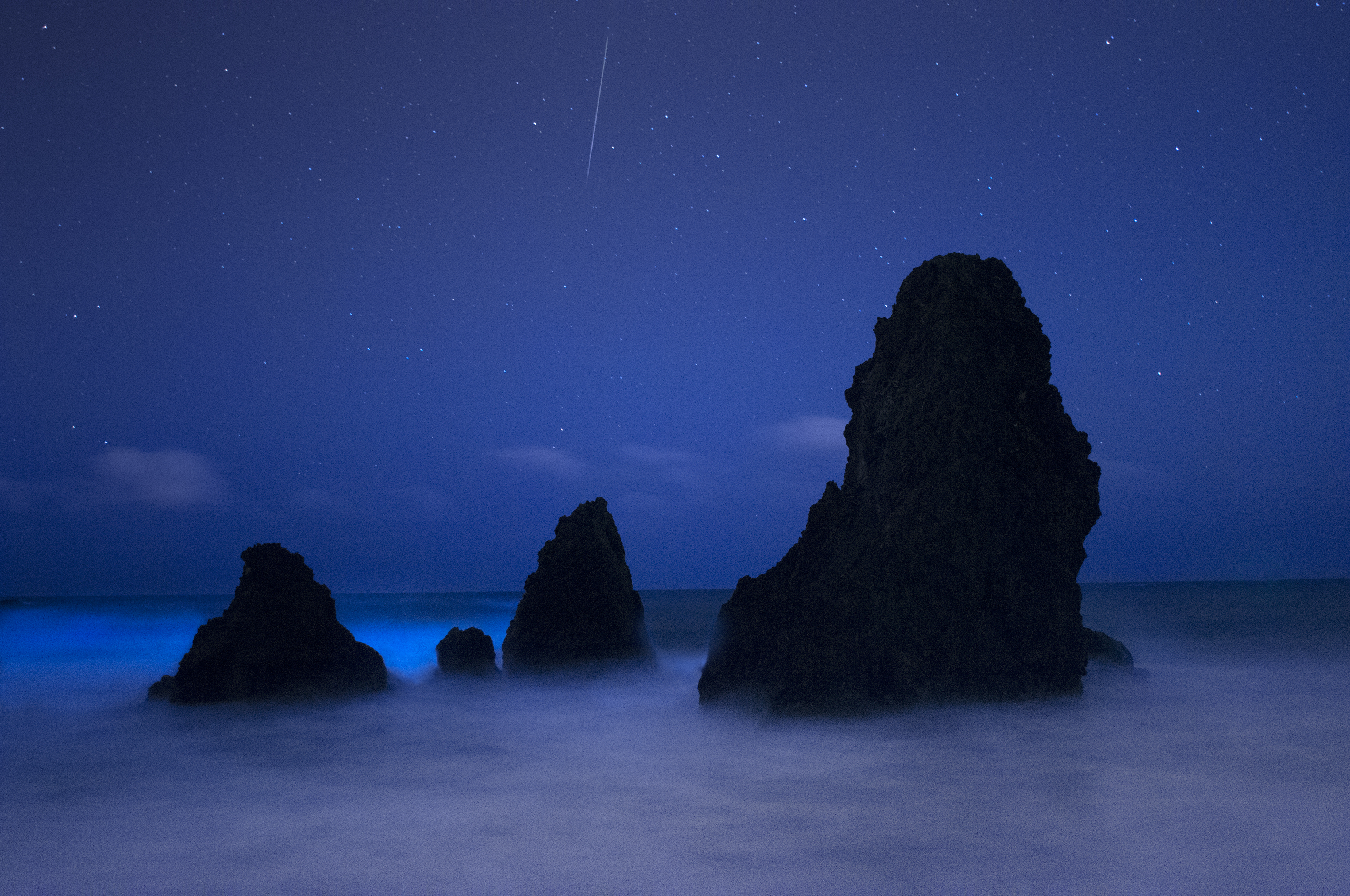
Just like San Diego, Tomales Bay is renowned for its glowing blue waters. They’re also a bit easier to predict, with kayaking tours running from August to November when the red tide rolls in. (You read that right—when dinoflagellate floods onto the beach, it’s an event known as a red tide thanks to the plankton’s reddish color.)
Just keep in mind that bioluminescence around Tomales Bay is best experienced when there’s a new moon. On cloudless full moon nights, the experience isn’t quite as impactful thanks to overhead light pollution.
San Juan Island, Washington
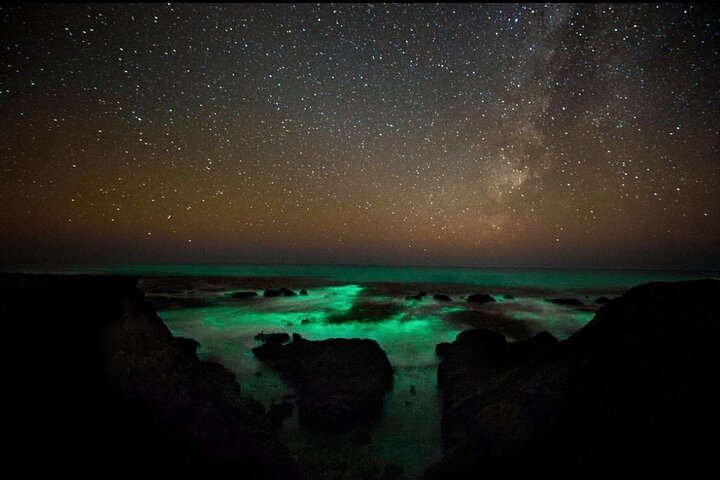
Want to bundle in a little bioluminescent adventure into your whale-watching?
Washington State’s San Juan Islands are renowned for their natural beauty and abundance of whales. And what do whales eat? Plankton.
Every summer (June-August), the ocean lights up around the islands as the red tide rolls in. You can experience the magic from the shoreline of calmer beaches and coves, or head out on a tour of Garrison Bays and Westcott to get even closer to the action in a night kayaking excursion.
Kiwanis & Merritt Island, Florida
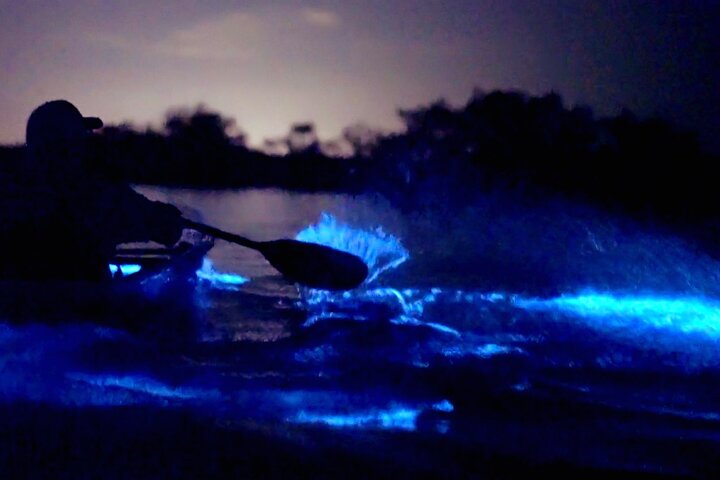
Kiwanis Island Park is a wildlife refuge located on Merritt Island. You can experience the wonders of phytoplankton with a kayaking tour in Kiwanis Island Park or elsewhere on surrounding Merritt Island. You might even recognize these tours—they’re some of the most recognizable bioluminescence experiences in the US.
Best of all, Merritt Island is close to Cape Canaveral, making it easy to bundle one of these tours with a trip to Florida’s east coast. You can usually see bioluminescence from May to September, which adds another layer of accessibility.
And don’t forget about those inland waterways; you can see glowing phytoplankton in Indian River Lagoon and on Banana River.
